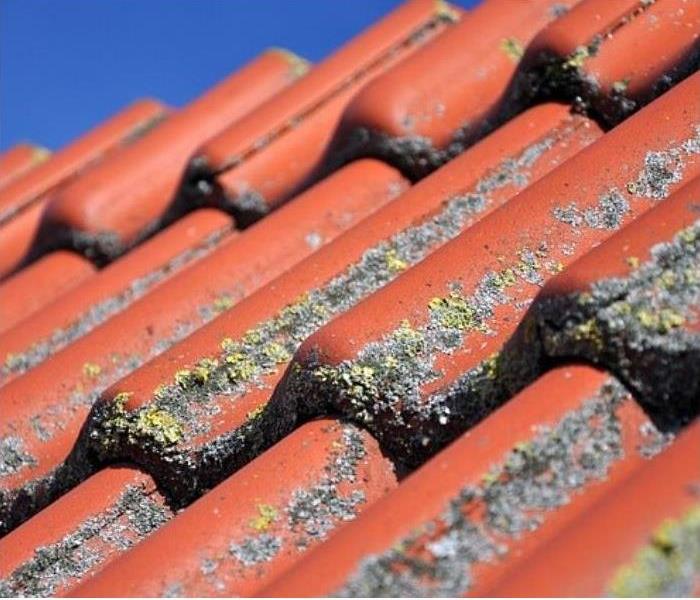Mold Damage in Your Attic and What You Should Do
9/9/2020 (Permalink)
Most people equate mold issues in attics to wetter parts of the country. Even though Phoenix does not receive much rain compared to other places, having a leaky roof on your house can still cause problems, even if the leak is minor. Water can get into your attic and damage structural components, often without your knowledge. Attics naturally have higher relative humidity and air temperature than the livable area of the house, creating an ideal environment for microbial growth. Learn about mold damage in your attic and what you should do.
The damage of moisture
If more moisture gets into your attic from the roof due to heavy storms or a failing roof, fungi can develop on the inside of the plywood and other materials that form the roof. If you have mold damage inside your home's attic, microbes can contaminate your ventilation system; once inside the air ducts, spores can travel throughout the home and spread the infestation. Mold growth may happen slowly but, in an attic, can go undetected and continue to grow.
What to do if damage occurs
Once mold growth is detected inside the attic, specific procedures can be taken to remediate the problem. While it may appear simple to address on your own, it’s best to contact a remediation pro to address the mold issue, stop the spread of mold spores, and start the restoration process in your attic. A mold remediation specialist like SERVPRO will address air intakes or holes that go into the living area, sealing them off with plastic to prevent spread. Plastic is put on the bottom part of the trusses to prevent dust from contaminating the ceiling insulation. The access doors get sealed with plastic, and a zipper is installed to allow entrance.
Addressing damaged materials
In most situations, the contaminated wood inside the attic can only be removed by sanding down the material's surface. Our SERVPRO technicians get equipped with full face mask respirators and personal protective gear including suits that cover their entire body for protection during the remediation process. Air scrubbers get put inside the attic to pull particles out of the air during the sanding stage.
When sanding the affected materials, our IICRC certified technicians follow approved procedures and abide by all government rules and regulations. Automatic sanders with a vacuum hose attached to them get used to sand down the wood. The vacuum helps keep dust to a minimum by sucking up the air in the work area and putting it through a HEPA filter. After sanding is complete, the HEPA vac gets used to clean up any leftover debris or dust particles. Then the attic gets sprayed down with an anti-microbial chemical to prevent future growth. In severe cases, a sealant paint gets sprayed inside the attic to inhibit fungi from developing in the future.
If you suspect mold in your attic
If you ever notice microbial contamination in your attic, call SERVPRO of Phoenix at (480) 503-2090. We are available 24/7 to help address your mold issues and restore your home to pre-infestation condition.






 24/7 Emergency Service
24/7 Emergency Service